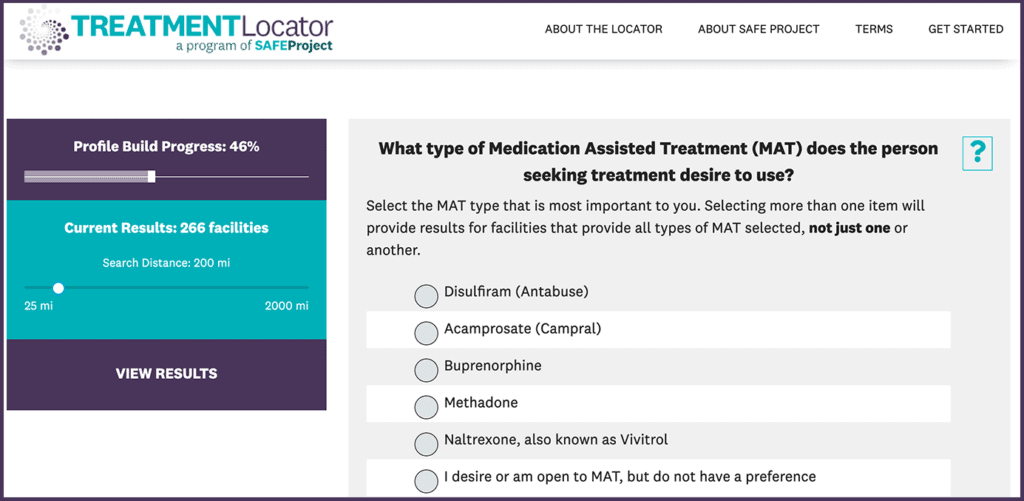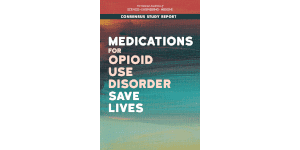Where do you get MAT?
If you need help finding MAT supported treatment, visit our SAFE Treatment Locator.

Can all doctors prescribe MAT?
No, medical personnel must be trained and approved to provide MAT. Physicians require 8 hours of training to apply for the waiver from the Drug Enforcement Agency to prescribe buprenorphine, one of three medications approved by the FDA for the treatment of opioid use disorder. Nurse Practitioners and Physician assistants must complete 24 hours of training including the 8 hour MAT training.
What kind of addiction does MAT treat?
MAT is for more than just the treatment of opioids. It’s also used for alcohol use disorder and tobacco. Disulfiram, acamprosate, and naltrexone are the most common drugs used to treat alcohol use disorder. Bupropion and Varenicline are used for tobacco dependence.
How long does MAT take?
It’s just like treatment for any other disease. Some people with substance use disorder will need months of treatment, and some need more. The FDA recommends the need for continuing MAT should be re‐evaluated periodically. There is no maximum recommended duration of maintenance treatment, and for some patients, treatment may continue indefinitely.
Is Medication Assisted Recovery/Medication Supported Recovery different than MAT?
Not really. You’ll often hear the term Medication Assisted, or Supported, Recovery because the use of medications may need to continue long after treatment is complete so that a person can get the full support they need for successful recovery.
Does a person with addiction just need to take the prescribed medication?
Medication alone is not sufficient. It’s intended as a whole-patient approach for those with substance use disorder. They can be on medication, but they also go to meetings and get involved with other recovery activities. There are many aspects to recovery so that people can rebuild their lives and thrive.
Are these medications safe?
The FDA reports that these three treatments have been demonstrated to be safe and effective in combination with counseling and psychosocial support.
Isn’t it better to choose abstinence instead?
While abstinence may work for some, SAFE Project believes there are multiple paths to recovery. MAT is evidence-based and is the recommended first line course of treatment for opioid addiction and is a proven pharmacological treatment for opioid use disorder.
Aren’t you just replacing one drug with another?
We often hear that concern, but here’s a distinct difference between substance use disorder and MAT. Substance use disorder causes significant impairment such as health problems, but also can interfere significantly with relationships and responsibilities at home, school, or work. MAT helps a person recover from active addiction, so they can improve their health and thrive so they can live a meaningful life. Recovery is a process of change to improve and expand health and wellness.
DISCLAIMER: This information is provided for educational and informational purposes only and is not medical advice. This information contains a summary of important points and is not an exhaustive review of information about the medication. Always seek the advice of a physician or other qualified medical professional with any questions you may have regarding medications or medical conditions. Content was based on information provided by SAMHSA, National Institute of Drug Abuse, American Society of Addiction Medicine, and the Surgeon General’s Office.
Resources
-
 Resource
ResourceDrug Facts: Treatment Approaches to Drug Addiction
Discussing research findings on effective treatment approaches for drug abuse and addiction. -
 Resource
ResourceMedications for Opioid Use Disorder Save Lives
Examining scientific evidence for medications to treat OUD and identifying barriers that prevent people from accessing safe, effective, medication-based treatment.

